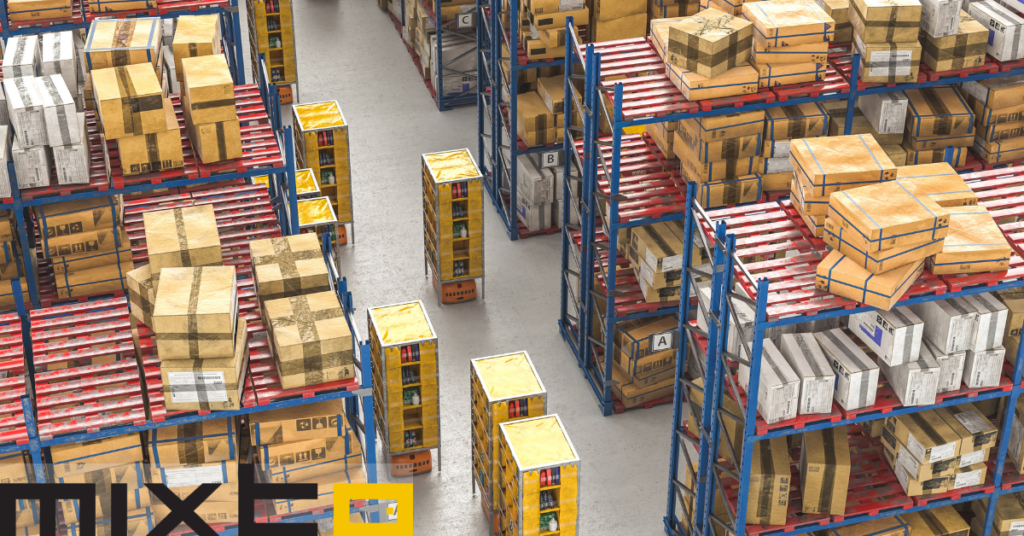
Kitting and assembly are both popular methods for manufacturing goods, but there are some key differences between the two. Kitting involves packaging all of the necessary components together before shipping them to the assembly site, This means that the assembler has everything they need to complete the product right in front of them.
While assembly refers to putting those components together on-site until after they have been ordered by the customer. This can lead to longer wait times for customers. In other words, kitting is the preparation and assembly is the execution. Both are important steps in any manufacturing process. Here’s a closer look at the different pros of kitting and assembly to help you decide which method is best for your business.
Kitting
Kitting is the process of putting together several products or items as a group, typically in order. It’s often done to save on shipping by combining products that are going to the same destination. The term can also be used when referring to the assembling of products before selling them, as well as for organizing and stocking inventory.
Kitting can be an important part of retail operations, as it allows stores to purchase items in bulk and then put them together in customized orders for their customers. This helps keep costs down for both the store and the customer, while still providing customers with the individualized service they expect. It can also help businesses streamline their production processes, making it easier and faster to get products out
Kitting can also be seen as a form of just-in-time (JIT) inventory management, as it eliminates the need to keep excess inventory on hand. When a kit is used in conjunction with lean manufacturing principles, it can help to reduce waste and improve efficiency. And we can call kitting a sub-assembly.
Assembly
Assembly is the process of putting together individual components into a finished product. Assembly is often used when products are made up of a large number of smaller parts. It can be faster and more efficient to assemble products in this way, as it eliminates the need to handle each part separately. This enables firms to mass-produce products quickly with high efficiency in bulk amounts, which makes them ideal for industries such as automotive where speed of production matters most!
While both processes involve putting together components to create a finished product, how they are done is what separates them. Both kitting and assembly can be extremely beneficial to your business. Each process has its own set of advantages, so it’s important to understand which would work best for you.
At Mixto, we can help you determine what kind of packaging and assembly will work best for your products and your customers. With our years of experience in the industry, we know how to get your products where they need to go and look great while they’re there.
Contact us today to learn more about our kitting and assembly services and see how we can help improve your bottom line.
